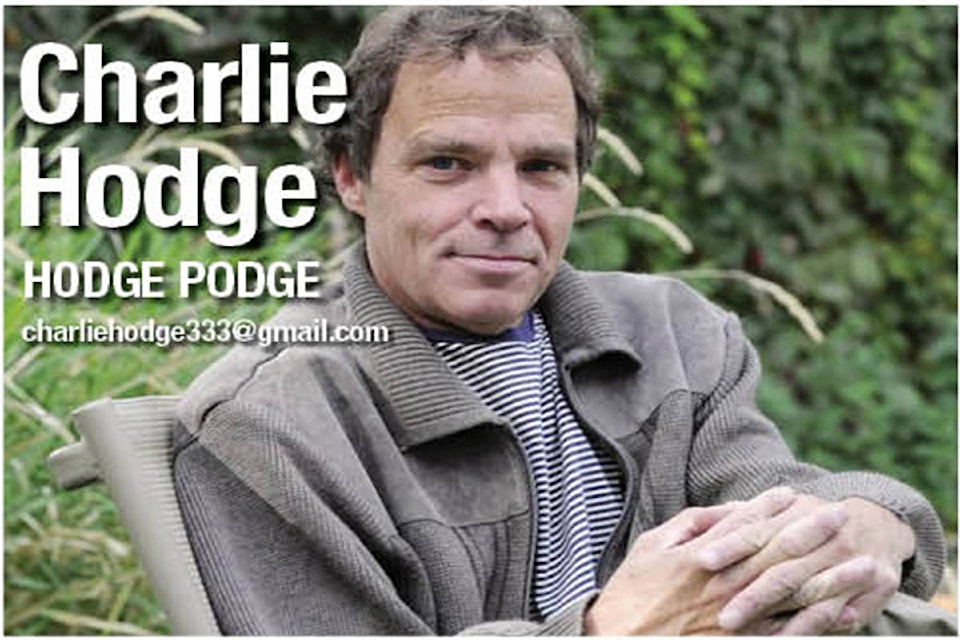In true Canadian style we will pour out of our homes Saturday to celebrate, wave flags, eat cake, sing and dance and celebrate one another and our nation.
Truly we are a melting pot of people, religions, and cultures and while we are not without our problems we are certainly an example of learning to live together.
It has not been easy, and the future holds even more challenges.
While we are 150 years old this year in many ways I believe we are still a teenage nation. Like �������� itself, Canada is still maturing and growing in many ways. While no longer an infant nation in years we still struggle with challenges faced by a land of such massive size, dramatic topography, diverse cultures, and sparse population.
We remain naive in aspects such as conflicting regulations and rules between municipalities, provincial and federal laws and rights. We seem to routinely stub our toes on our own idiosyncrasies, and more often than not are too compliant. However our future looks bright and our confidence and pride stronger by the day.
Ironically it was probably the first world war that truly formed our nation and a blend of bravery but non aggression that has kept us together.
Canadians faced adversity and controversy from day one. Ironically even the flag we fly reflects that.
Canada’s national flag officially turned 52 in February.
Our Maple Leaf, consisting of an 11-pointed red maple leaf within a white square at its centre and two red borders was officially adopted in 1965 to replace the Canadian Red Ensign unofficially used since the 1890s.
Few Canadians truly embraced the ensign though with many suggesting the new country deserved its own unique pennant.
After decades of controversy it was finally Prime Minister Lester Pearson who formed a committee in 1964 to resolve the issue. It was not the first flag committee as several in the past had tried and failed, however Pearson’s attempt sparked intense debate from sea to shining sea.
After months of speculation and argument three final choices were seriously considered with a design crafted by George Stanley eventually winning. It’s appropriate the maple leaf holds a place of honour in our country since it’s been used as a Canadian emblem since the 1700s.
In 1868 the maple leaf firmly moved into the Canadian psyche when it appeared on the coat of arms of both Quebec and Ontario. The year before song composer Alexander Muir wrote his iconic tune the Maple Leaf Forever.
By 1921 the leaf had found its way onto the nation’s coat of arms proclaimed by King George V.
New flag designs were proposed repeatedly between 1927 and 1939.
In November 1945 a joint committee of the Senate and House of Commons was appointed to recommend a national flag and received more than 2,400 designs from the public.
In 1958, an extensive poll was taken of adult Canadians regarding the flag with more than 80 percent wanting a national flag entirely different from that of any other country. Some 60 per cent wanted the flag to include a maple leaf.
The Great Canadian Flag debate started in 1963 and in February 1964, a three-leaf design was leaked to the press. The leaves were red and the two edge borders blue. (I still have a miniature version). Though popular with some it stirred further debate and on June 15, 1964, Prime Minister Pearson announced an official discussion on the issue would begin.
The arguing lasted more than six months, bitterly dividing Canadians across the land. The debate finally ended by closure December 15, 1964, resulting in our current flag. It was inaugurated on February 15, 1965.
More research shows that the number of points on the leaf has no significance except that the number and arrangement of the points were chosen, “after wind tunnel tests showed the current design to be the least blurry of the various designs when tested under high wind conditions.”
So there you have it my fellow Canucks, everything and more that you needed to know about the Canadian flag you will wave Saturday.



